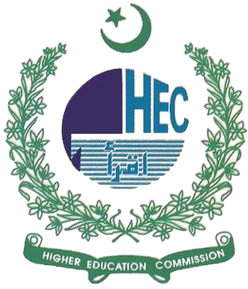FROM ROTE LEARNING TO SCHEMA ACTIVATION:TRANSFORMING READING COMPREHENSION INSTRUCTION FOR GRADE 12th STUDENTS IN RURAL PAKISTAN
DOI:
https://doi.org/10.63878/jalt1095Abstract
Rural students in Khyber Pakhtunkhwa, Pakistan, exhibit limited reading comprehension skills due to conventional rote learning approaches and a reliance on translation-based instruction. This quasi-experimental mixed-methods study examined the effectiveness of the content schema teaching strategy compared to the traditional Grammar Translation Method among 51 grade 12 pre-medical students (ages 18-21) at Government Higher Secondary School, Manyal, Dir Lower. Participants were non-randomly assigned to experimental and control groups, with data collected through pre-tests, post-tests, and semi-structured interviews using English textbook reading comprehension lessons. The experimental group received nine weeks of content schema activation activities, including prediction, semantic mapping, brainstorming, and discussion, while the control group continued with conventional teaching methods. Results demonstrated significant improvement in the experimental group's reading comprehension performance compared to the control group. Interview findings revealed an increase in student confidence and a deeper understanding of texts using schema activation strategies. The study concludes that content schema teaching strategy should replace traditional methods in reading comprehension instruction, as it promotes analytical thinking and meaningful text engagement among EFL learners.
Downloads
Published
Issue
Section
License

This work is licensed under a Creative Commons Attribution-NonCommercial-NoDerivatives 4.0 International License.


